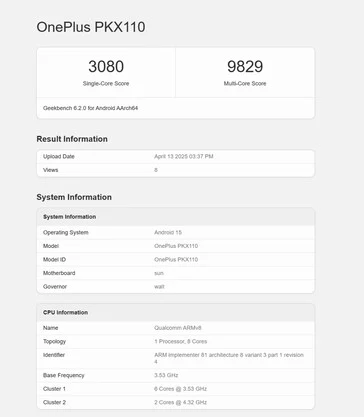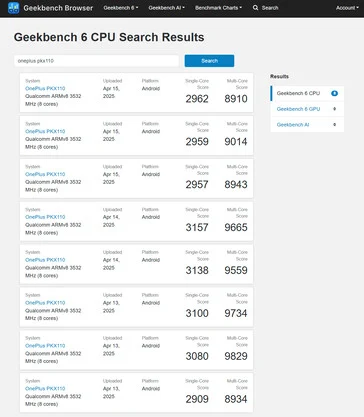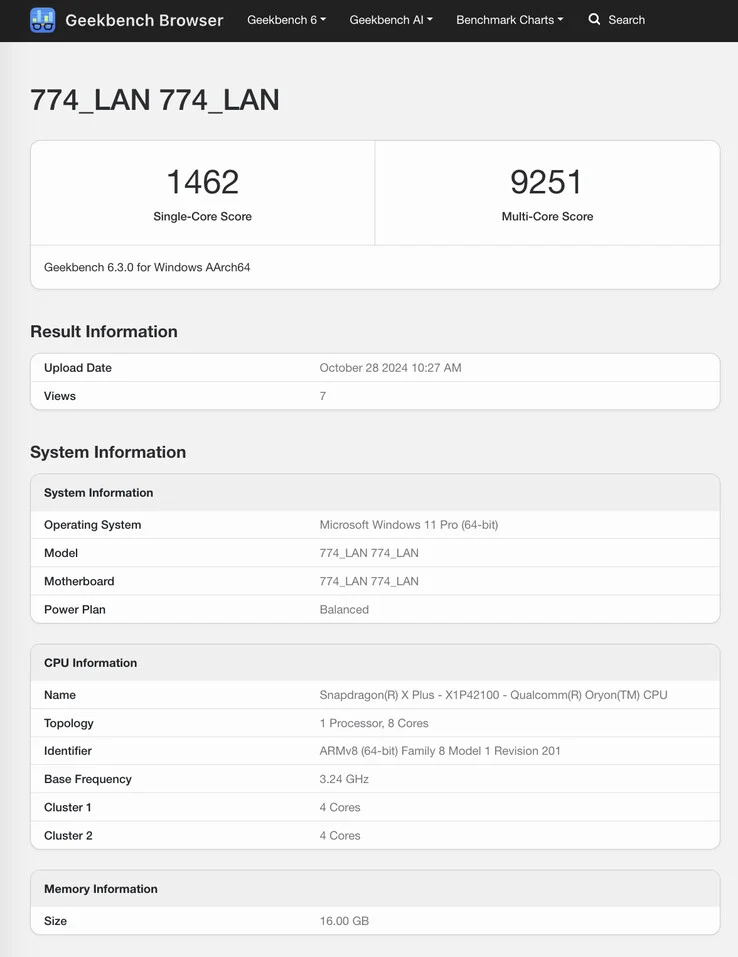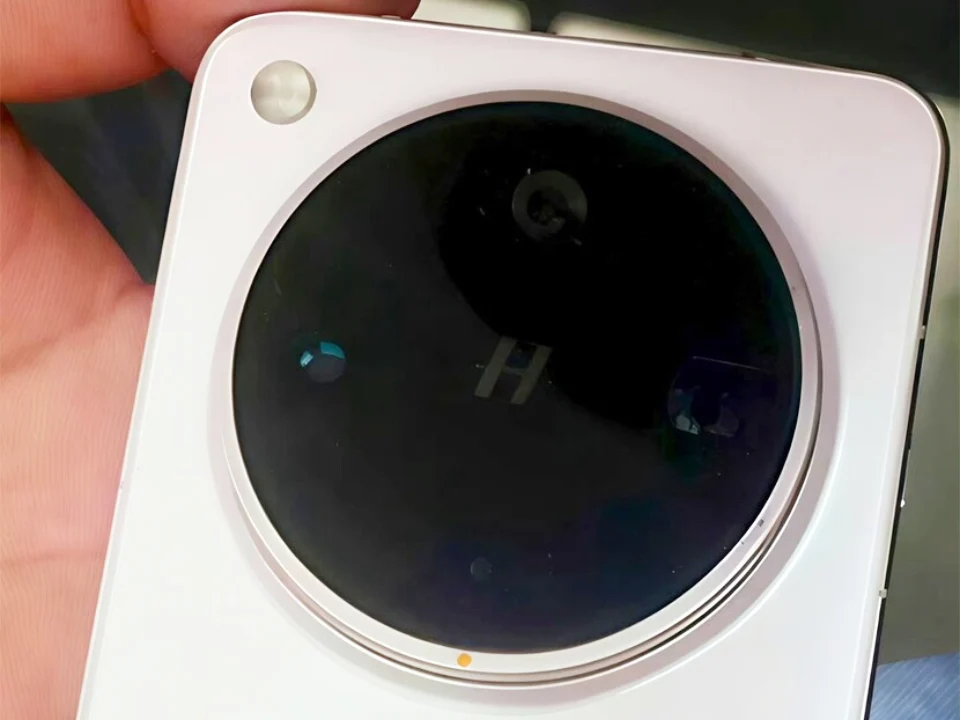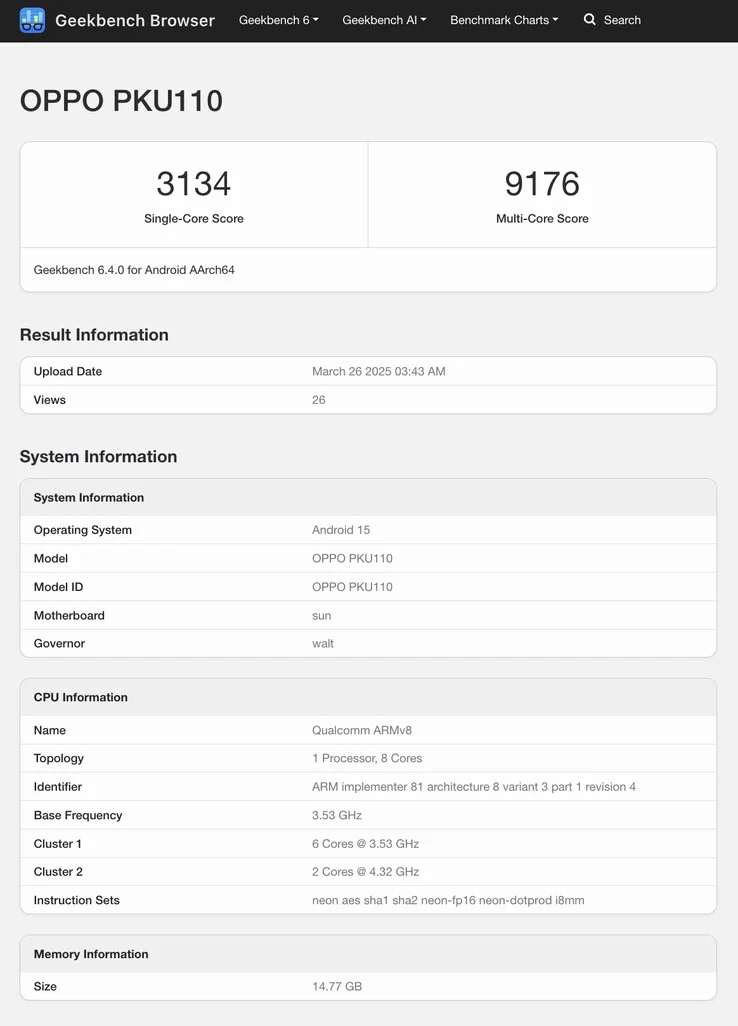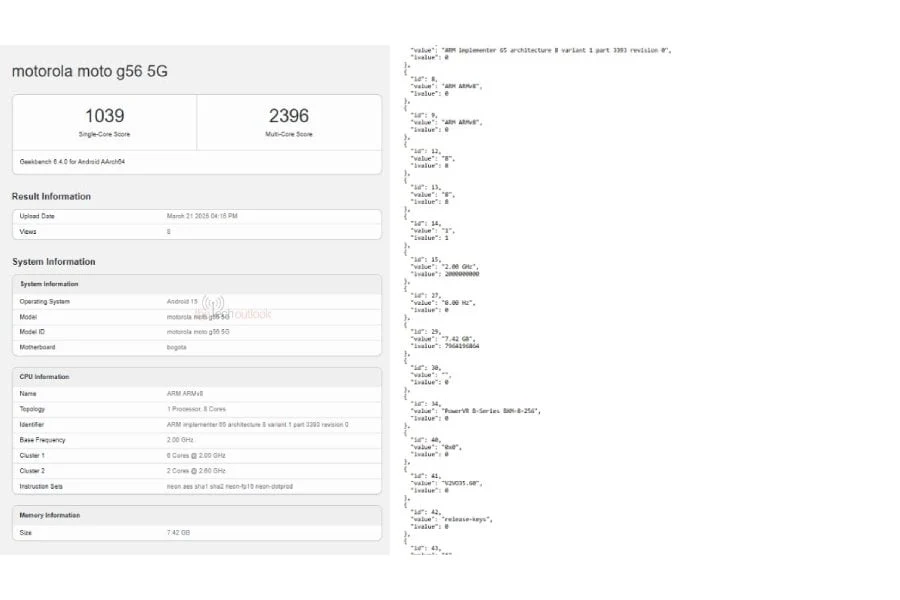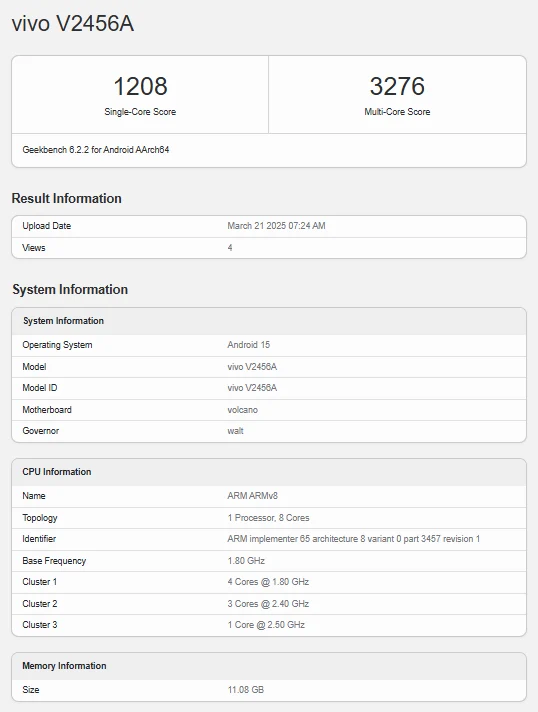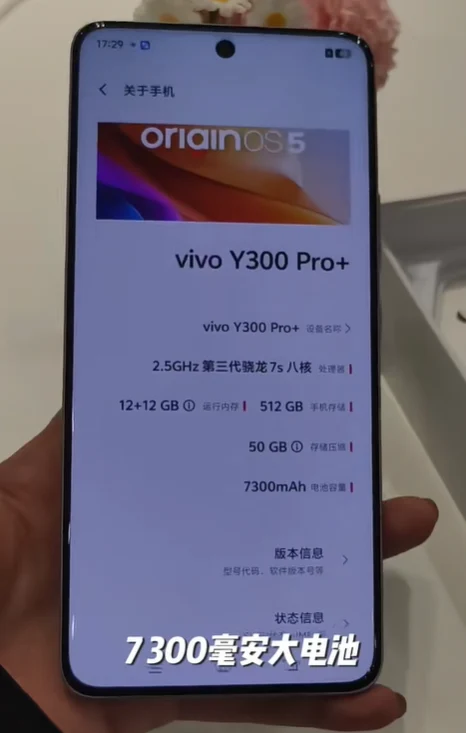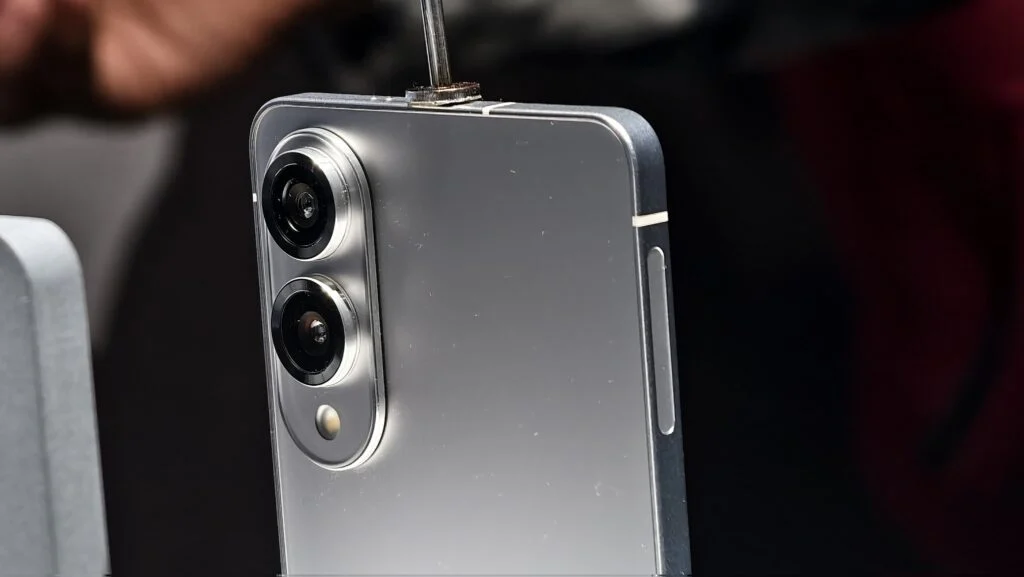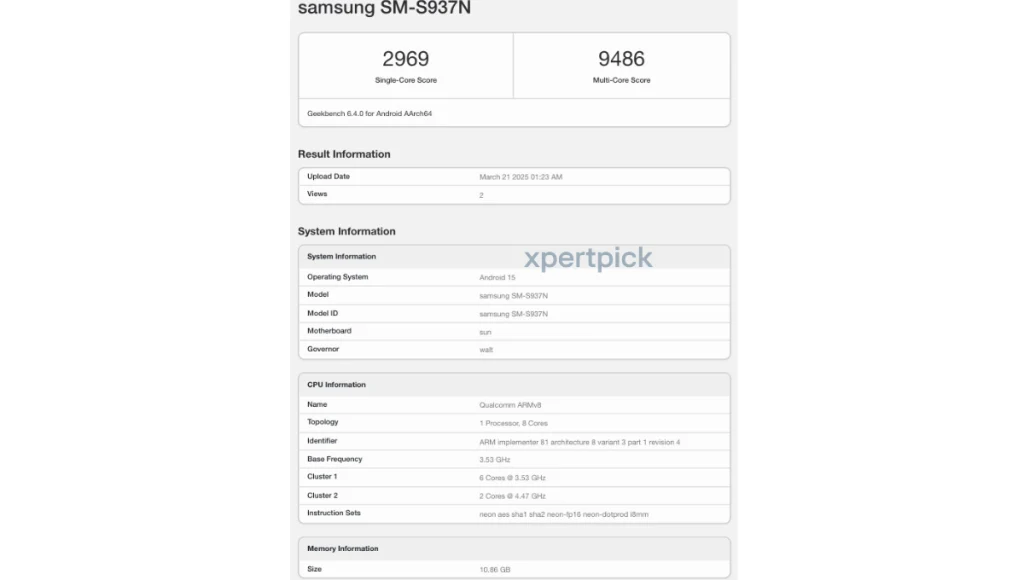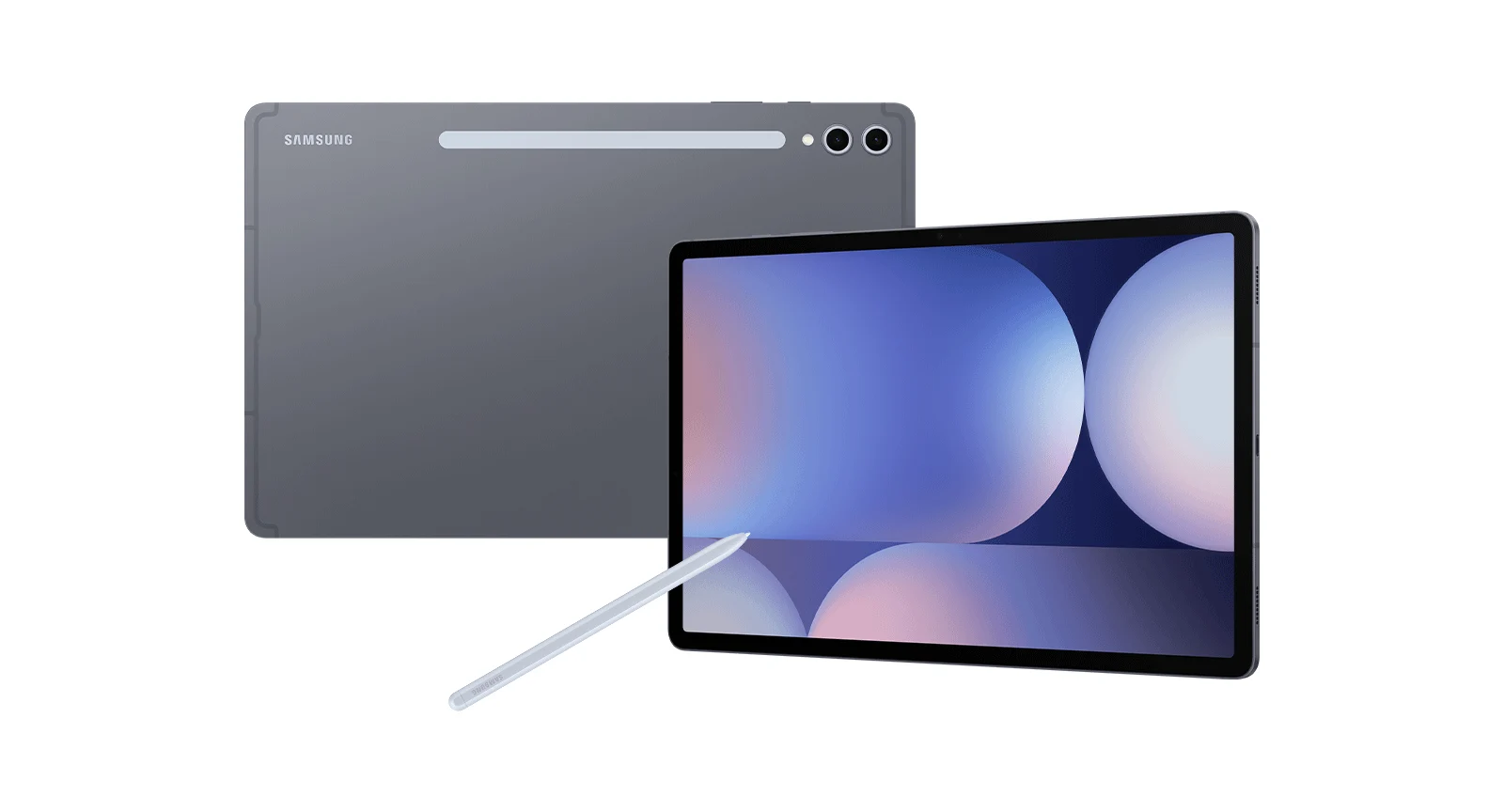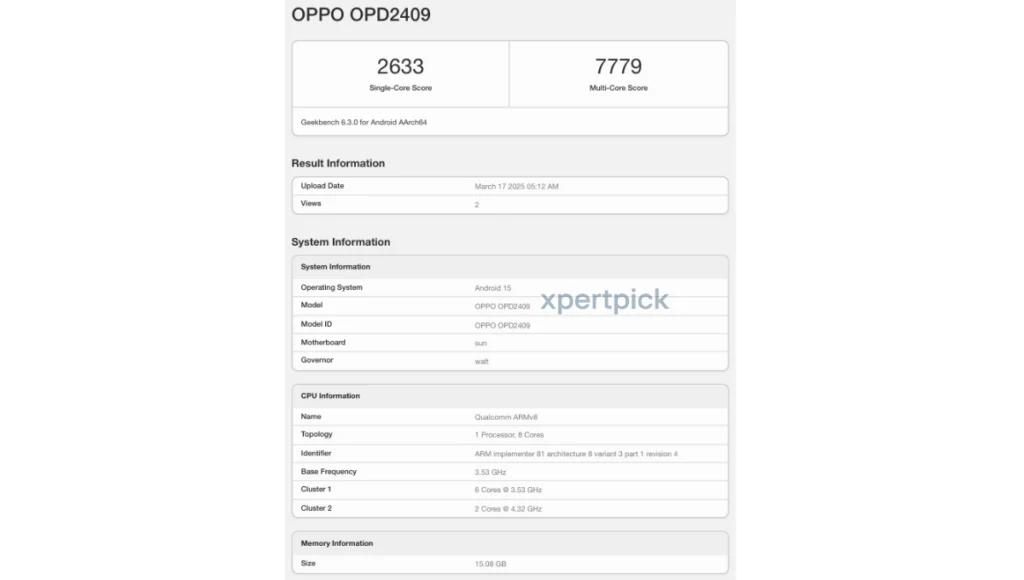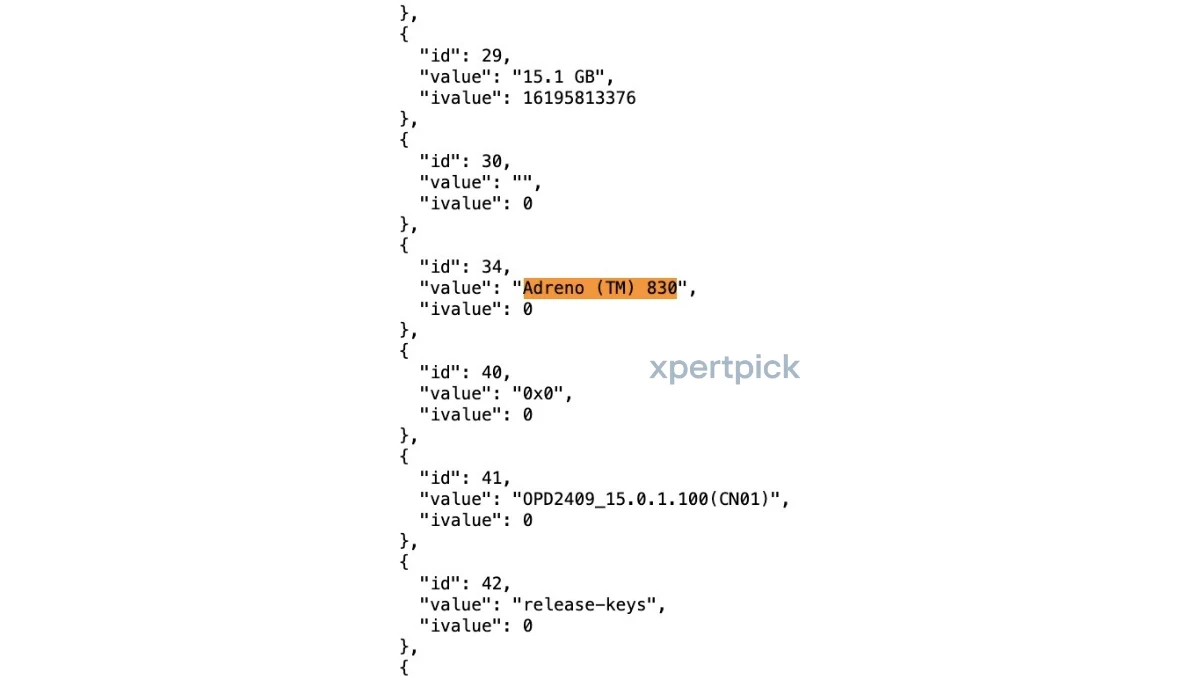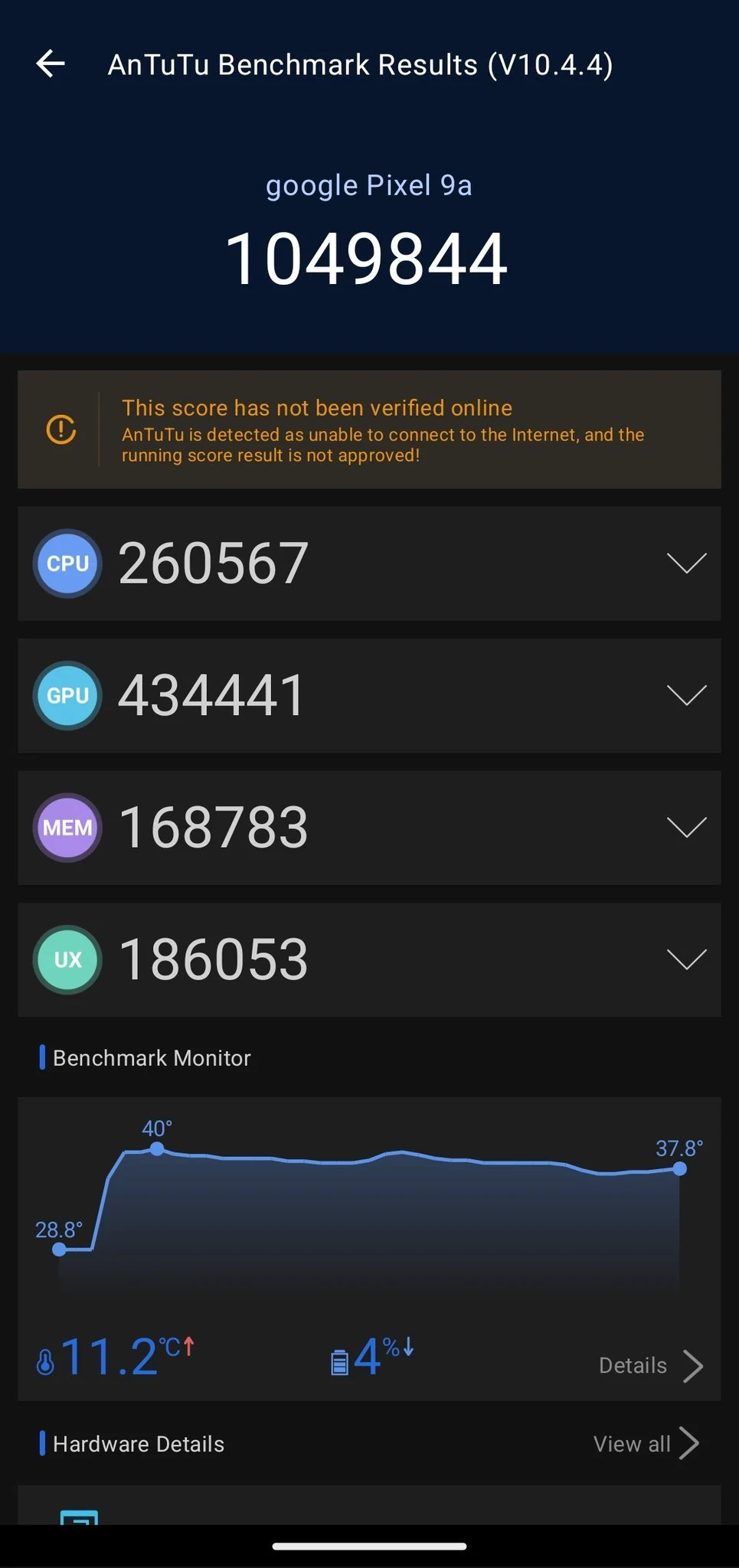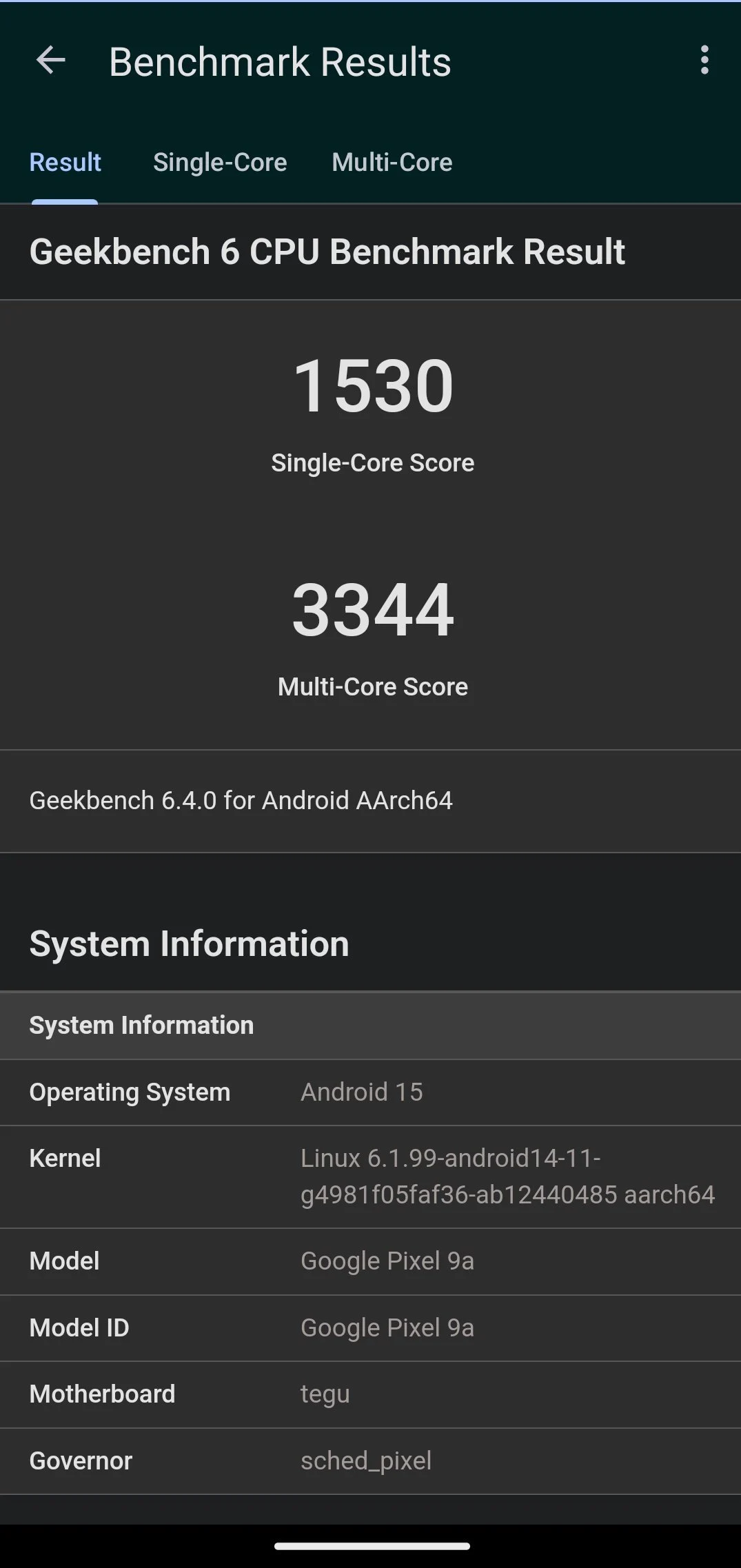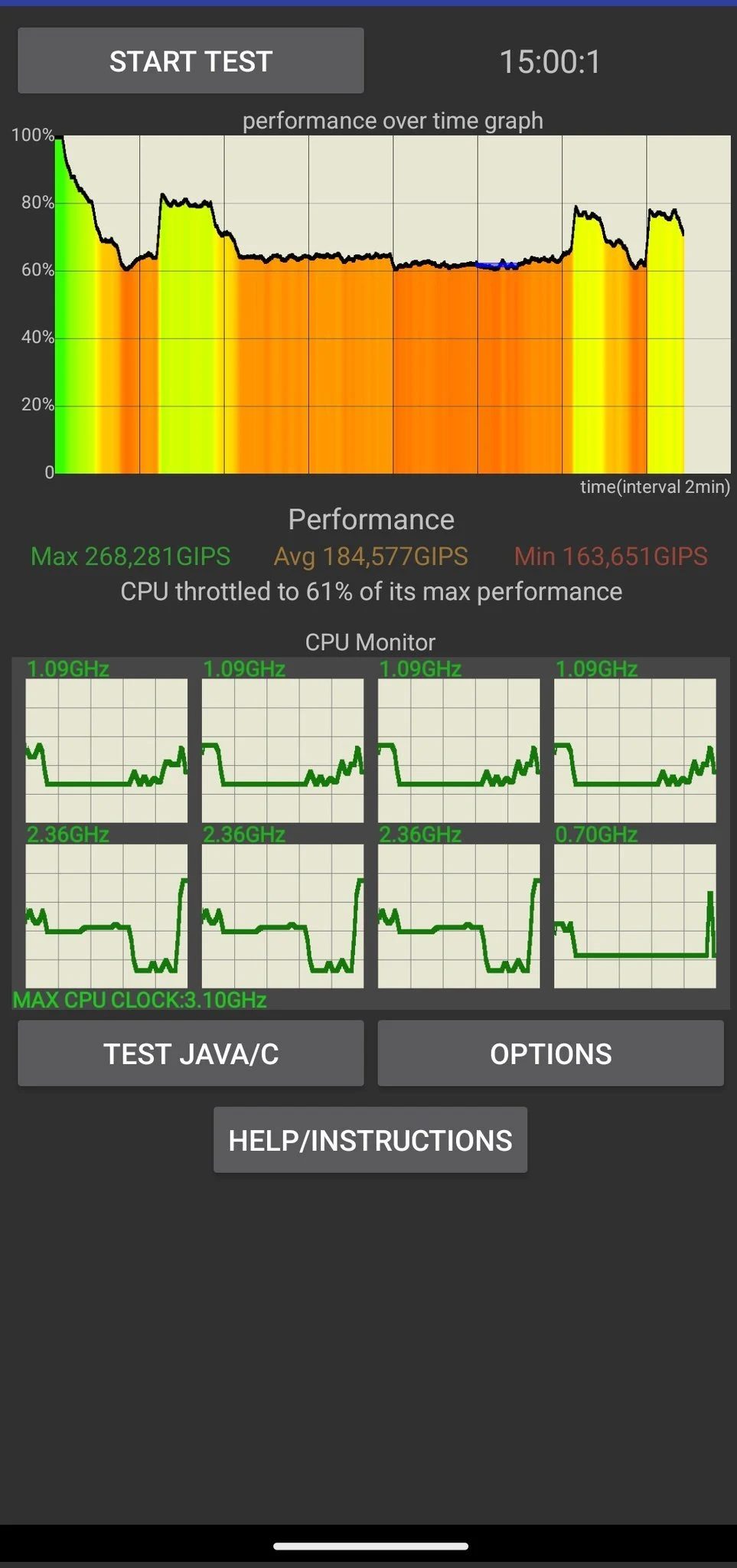Key Takeaways
1. The Motorola Razr 60 Ultra will upgrade the Razr 50 Ultra and compete with the Galaxy Z Flip7.
2. It achieved impressive Geekbench scores: 2,878 (single-core) and 8,840 (multi-core).
3. The device features a full eight-core Snapdragon 8 Elite processor, outperforming the Oppo Find N5.
4. It comes with 16 GB of RAM, an increase from the 12 GB in the previous model.
5. Motorola aims to attract users with improved performance and features in the foldable smartphone market.
Motorola is gearing up to unveil its stylish clamshell flagship soon. The Motorola Razr 60 Ultra will serve as a direct upgrade to the Razr 50 Ultra from last year and will compete against the forthcoming Galaxy Z Flip7. Recently, it has also been seen on Geekbench.
Performance Scores
This foldable device performs impressively, achieving a single-core score of 2,878 and a multi-core score of 8,840. Unlike the Oppo Find N5, which utilizes the 7-core version of the Snapdragon 8 Elite (SM8750-3-AB), the Razr 60 Ultra is equipped with all eight cores—similar to other current flagship smartphones. This gives it an edge over the Oppo Find N5 in the multi-core evaluation, as the Find N5 usually scores around 8,200 points in that category.
Additional Specifications
The Geekbench listing also reveals some other important aspects of the Razr 60 Ultra, including 16 GB of RAM and Android 15. The Razr 50 Ultra (buy on Amazon) launched last year with a max of 12 GB of RAM, making this another significant enhancement for the Razr 60 Ultra.
Conclusion
With these upgrades, Motorola aims to position the Razr 60 Ultra as a strong contender in the foldable smartphone market. The combination of improved performance and additional features could attract many users looking for a premium device.
Source:
Link


